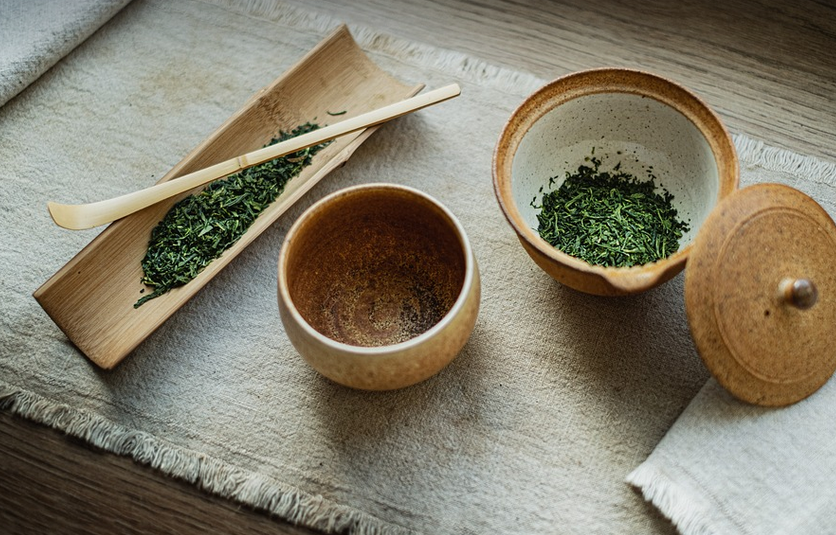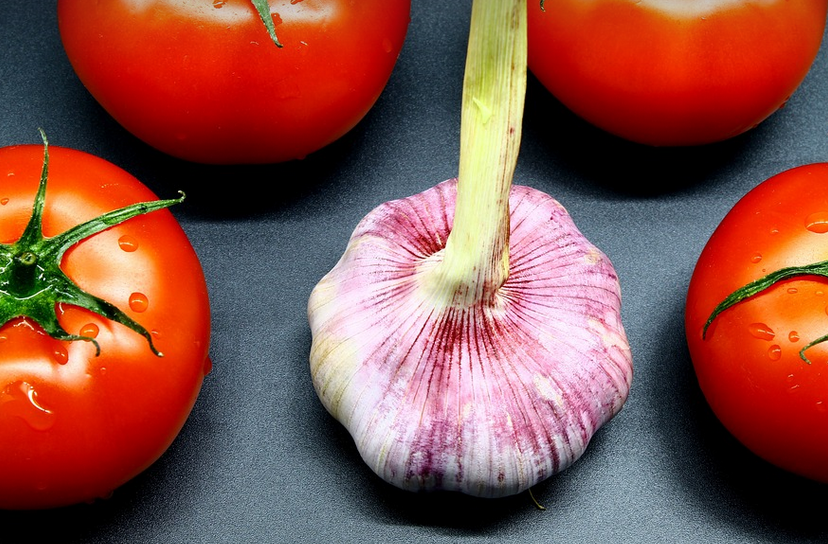Dive into the World of Marine Wonders
The underwater world teems with life, and coral reefs hold a special place in our hearts. These vibrant ecosystems are home to countless species, from shimmering fish to graceful invertebrates. However, with their delicate nature, reefs require special care and attention. Understanding “reef safe” fishes is crucial for maintaining the health of these precious habitats.
Choosing reef-safe fish can be a rewarding experience, not only for its impact on your tank’s aesthetic but also for contributing to larger conservation efforts. By selecting fish species that are compatible with coral reefs and don’t pose a threat to their delicate balance, you become an active steward of the ocean.
What Makes a Fish “Reef-Safe”?
The term “reef safe” refers to fish known for their gentle nature and minimal negative impact on coral reefs. These fish are often characterized by their natural habitat tolerance and feeding habits, making them less likely to consume or damage coral structures.
Understanding these key factors can help you make informed choices:
- **Coral compatibility:** Some fish species exhibit a preference for specific corals, while others are known to be more tolerant of various reef environments. Researching the preferred habitats of your chosen fish is essential to prevent potential harm to existing coral.
- **Feeding habits:** Observing how your fish interacts with food can provide valuable insights into their feeding patterns. Fish that primarily graze on algae or plankton are generally considered reef-safe, as they don’t contribute to coral destruction by consuming nutrients or creating stress through excessive competition.
- **Compatibility levels:** Different species may have varying degrees of compatibility for cohabiting with other fish in your tank. In some cases, it is recommended to introduce them gradually or avoid keeping them together altogether to ensure a harmonious environment.
Top Choices for Reef-Safe Fish
Choosing the right fish for your reef is as individual as choosing your own outfit. The key lies in finding species that will thrive and flourish within your unique ecosystem without posing a threat to existing corals.
Here are some popular and well-regarded reef-safe fish:
**1. Damsels:** These brightly colored, schooling fish are a classic choice for beginner reef tanks. Some varieties like the  yellowtail damsel are known to be peaceful and colorful, making them visually appealing additions. However, it’s always crucial to research the specific species of damsels to ensure their compatibility with your reef.
yellowtail damsel are known to be peaceful and colorful, making them visually appealing additions. However, it’s always crucial to research the specific species of damsels to ensure their compatibility with your reef.
**2. Clownfish:** These iconic clownfish species like the  Maroon Clownfish are beloved for their symbiotic relationship with certain anemones. However, it’s essential to ensure the clownfish species you choose is compatible with your desired coral and anemones.
Maroon Clownfish are beloved for their symbiotic relationship with certain anemones. However, it’s essential to ensure the clownfish species you choose is compatible with your desired coral and anemones.
**3. Cardinals:** Cardinal fish, known for their vibrant colors, are a popular choice for reef tanks due to their peaceful nature and ability to thrive in various water parameters. Their diet primarily consists of algae and plankton, making them good candidates for reef environments
**4. Wrasses:** These active and colorful fish come in an array of species like the  scarlet wrasse, known for their vibrant colors. These fish are relatively hardy and easy to maintain in a reef tank.
scarlet wrasse, known for their vibrant colors. These fish are relatively hardy and easy to maintain in a reef tank.
**5. Gobies:** These small, sleek, and curious fish offer unique personalities and behaviors, making them excellent additions to reef tanks. Some goby species like the  dwarf goby are known for their solitary nature, offering a calmer presence without impacting the reef ecosystem
dwarf goby are known for their solitary nature, offering a calmer presence without impacting the reef ecosystem
Choosing the Right Fish for Your Tank
The selection of fish species for your reef is an individual journey. Consider these factors to make informed choices:
* **Tank Size:** A larger tank provides more space for fish to maneuver and reduces overcrowding, minimizing stress on them and contributing to a healthier environment. * **Water Parameters:** Ensure your water parameters are stable before introducing new fish to maintain their optimal health. Regular testing ensures proper levels of ammonia, nitrites, nitrates, pH, and alkalinity. * **Compatibility:** Research the compatibility of potential species before bringing them together to prevent conflicts or aggression between different species. * **Bioload**: The amount of waste produced by fish can impact your tank’s water quality. Choose fish that have a manageable bioload for the size of your tank and consider adding additional filtration methods.
Reef-Safe Practices: A Collective Responsibility
Ultimately, choosing reef-safe fish is just one step in safeguarding the health of these delicate ecosystems. Here’s what you can do to contribute to their future:
- **Research:** Deep dive into the world of reef-safe fishes and learn about their specific needs and requirements for a thriving existence.
- **Sustainable Sources:** Only purchase fish from responsible retailers who prioritize ethical sourcing practices. This ensures you’re not contributing to unsustainable fishing methods.
- **Proper Feeding:** Avoid overfeeding your fish by providing them with the proper amount of food based on their size and tank size. This promotes a healthier environment for both the fish and the reef.
Reef-safe fish are the key to building a thriving coral ecosystem that thrives in harmony with the marine world.




